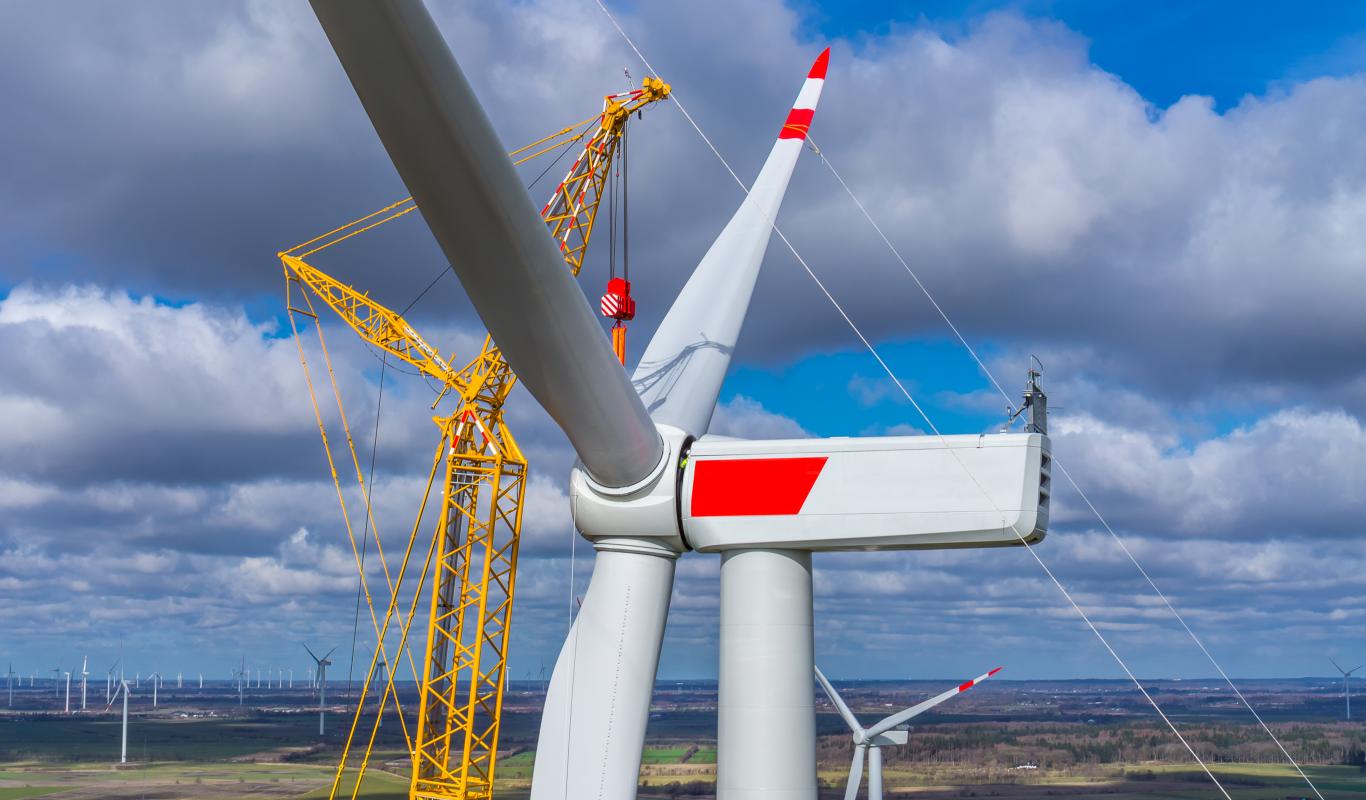Blockchain: the transformative answer to handling…

Repowering represents a huge market potential: 25% of the Wind power needed in Europe by 2030 can be filled with Repowering. Such investments could deliver 6GW per year of additional generation capacity.

Towards the end of onshore wind turbines life span, usually after 15 or 20 years of operation, the asset stakeholders must decide: either the asset is permanently dismantled, or it can be subject to a renewal scheme called repowering; the wind farm can also continue to be operated for a little while, but this leads to rising costs and lower profits. In the first case, wind turbines have to be decommissioned. The process of renewing an aging wind farm, with the aim of increasing its power capacity or efficiency, is a key lever to reach regional and national Renewable Energy Sources electricity mix targets.
Europe must install 250 GW of wind power by 2030 to meet its goals*, while repowering emerges as a viable option as it can represent additional 65 GW up to 2030. It is possible to add new wind farms, but above all it is necessary to renew existing onshore wind farms, not only to avoid losing production capacity, but to significantly increase their production by capitalizing on the wind resources with more powerful machines, reducing the number of turbines on the territories. Repowering also allows a reduction in operating costs related to maintenance due to more modern and reliable machines.

Repowering actively participates in the energy transition by significantly increasing the connected capacities without contributing to the saturation of exploitable sites on the French territory. 3,565 wind farms will reach the end of their life in 2025 in France, for an investment in repowering of 18 billion euros. Dismantling the old windfarms is also a business opportunity for the upcoming years, as wind turbines repowering could generate up to 30 million tons of recoverable waste by 2030 in Europe.
Lastly, repowering is an opportunity to create non-relocatable jobs for the dismantling of existing wind turbines, their recovery and the installation of new ones.

Repowering projects install larger wind turbines that are about twice as efficient and create jobs, but it requires regulatory authorizations. The timeframe required for a repowering project is shorter than the installation of a new park, especially thanks to the local acceptance already needed from the previous windfarm. However, a repowering project is never guaranteed up front and can face regulatory challenges.
Sources :
*According to Directive 557 of 14th July 2021, amending the Renewable Energy Directive (REDII) in order to meet the 2050 goals set by the European Green Deal